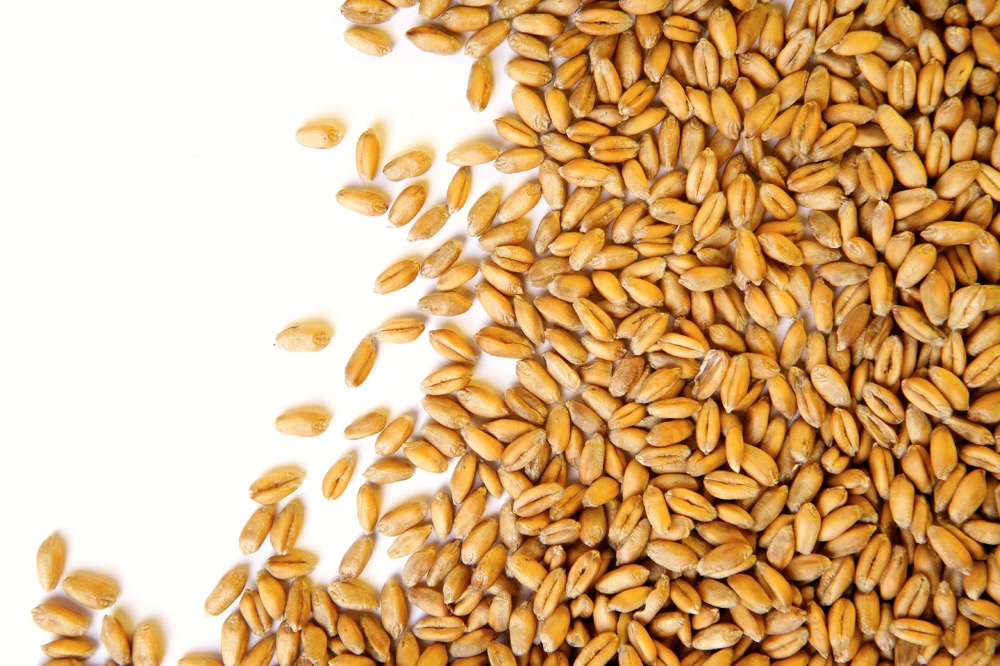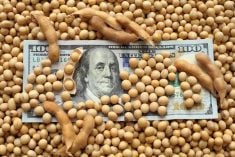U.S. hog futures ended lower on Monday, partly due to funds rolling some December long positions into deferred months, said analysts and traders.
Funds that follow the Standard + Poor’s Goldman Sachs Commodity Index rolled spot-month December hogs and live cattle futures long positions mainly into February and April.
Monday was the fourth of five days for the current Goldman roll period.
Chicago Mercantile Exchange hogs were further pressured by ample supplies and lacklustre wholesale pork demand that forced packers to lower bids for cash hogs, said traders.
Read Also

IGC raises 2025/26 world wheat crop forecast
The International Grains Council has raised its forecast for 2025/26 global wheat production with crop outlooks upgraded for Russia, the United States and Argentina.
Also, some packing plants were closed on Monday in observance of the U.S. Veterans Day holiday — reducing their need for hogs.
The average hog price in the eastern Midwest direct hog market tumbled $4.74 per hundredweight (cwt) from Friday to $75.65 (all figures US$).
Packers on Monday processed 399,000 hogs, down 35,000 from a week earlier and 34,000 less than for the same period a year ago.
Spreaders sold deep-deferred hog months and bought nearby contracts with the view that producers would not reduce their live herds if corn prices continue to come down.
December hogs settled 0.425 cent per pound lower at 80.325 cents. February closed at 86.275 cents, down 0.05 cent.
Steady to firm cattle
CME live cattle ended steady to lower as expectations for weaker cash cattle prices and the roll by funds weighed, said traders and analysts.
Futures moved within a narrow trading range, at times lifted by higher wholesale beef values while pressured by the prospect that cash prices could again trend lower this week.
The wholesale price for choice beef Monday morning was $193.37 per cwt, $1.50 higher than Friday, and select cuts
gained 20 cents to $173.76, the U.S. Department of Agriculture said.
Last week, cash traded at mostly $125 to $126 per cwt versus $126 to $127 the week before, said feedlot sources.
"Futures were on the defensive with packers likely to purchase a minimum number of cattle to get them by," said Archer Financial Services broker Dennis Smith.
Packers will buy cattle to be processed next week which will have one less workday due to the U.S. Thanksgiving Day holiday on Nov. 22.
Processors are also expected to curb spending in an attempt to recoup lost margins and help lift wholesale beef prices.
Beef packers’ average margin for Monday was negative $76.35 per head, compared with negative $70.50 on Friday and negative $87.20 on Nov. 5.
USDA estimated Monday’s cattle slaughter at 113,000 head, 5,000 less than a week earlier and 10,000 fewer than for the same period a year ago.
Feeder cattle at the CME settled mostly firm after traders sold November and bought deferred contracts through spreads as corn prices sank, easing feed input costs.
Corn prices that drifted lower bring the feeder cattle market closer in line with live cattle futures, making it worthwhile for feedlots to buy younger cattle, said A+A Trading broker Jim Clarkson.
November settled down 0.2 cent/lb. to 144 cents. January ended up 0.35 cent at 145.95 cents and March closed at 148.325 cents, 0.325 cent higher.
— Theopolis Waters writes for Reuters from Chicago.











